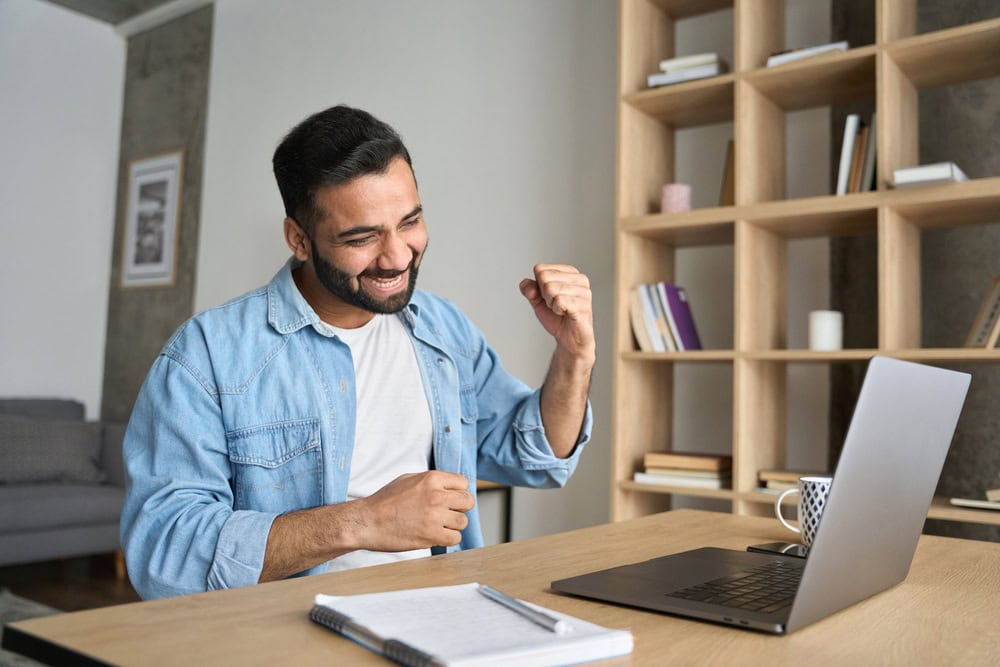Green Building Certifications for Contractors
In today’s construction industry, green building certifications are becoming increasingly important. These certifications not only demonstrate a commitment to sustainability but also provide a competitive edge in the market. For contractors, obtaining green building certifications can open up new business opportunities and appeal to eco-conscious clients. This guide will explore the various types of green … Read more










